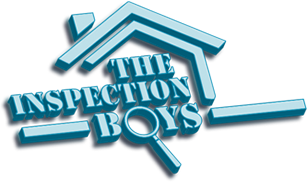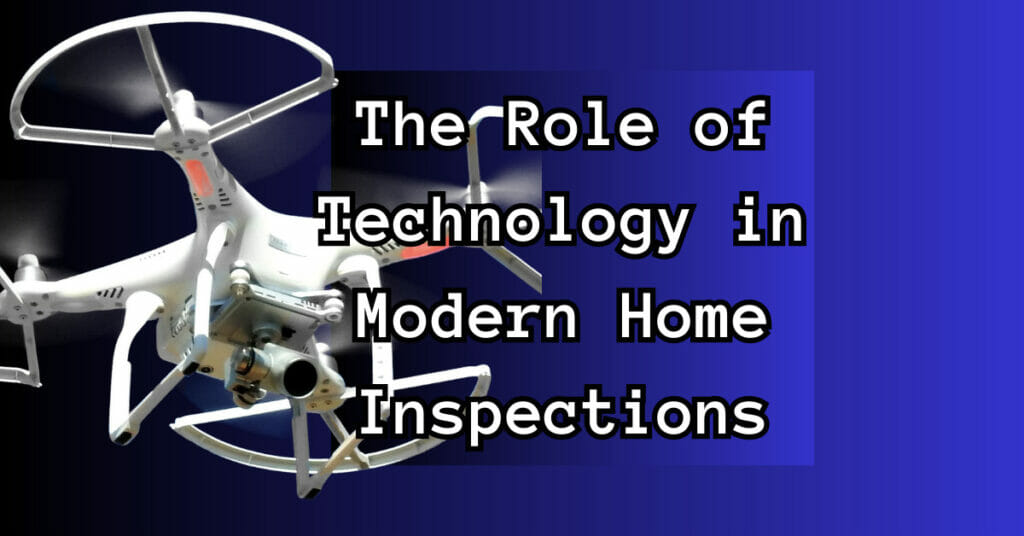Home inspections play a crucial role in the real estate industry, providing buyers and sellers with valuable insights into the condition of a property. With the advent of advanced technologies, the field of home inspections has experienced significant transformations. From drones conducting roof inspections to thermal imaging revealing hidden issues, technology has revolutionized the way we assess and evaluate properties.
Drones in Home Inspections
Drones have emerged as a game-changer in the realm of home inspections. These unmanned aerial vehicles offer several benefits, such as:
A. Benefits of using drones for roof inspections:
Drones enable inspectors to access and evaluate hard-to-reach areas, such as rooftops, chimneys, and gutters. They provide a bird’s-eye view, capturing high-resolution images and videos, allowing inspectors to spot potential problems such as damaged shingles, missing flashing, or gutter clogs.
B. Enhancing accessibility and safety in hard-to-reach areas:
By utilizing drones, inspectors can avoid physical risks associated with climbing ladders or accessing steep roofs. This technology enables them to inspect roofs of different heights and configurations safely and efficiently.
C. Improving accuracy and efficiency of inspections:
Drones equipped with advanced imaging capabilities, such as thermal cameras, can detect temperature variations that indicate potential energy leaks or insulation deficiencies. The ability to cover large areas quickly helps inspectors gather comprehensive data, leading to more accurate assessments.
Thermal Imaging Technology
Thermal imaging has become an indispensable tool for identifying hidden issues within a property. This technology utilizes infrared cameras to detect temperature variations and patterns, providing valuable insights into various aspects of a building:
A. Detecting energy inefficiencies and insulation problems:
Thermal imaging can pinpoint areas of heat loss or inadequate insulation, helping homeowners and inspectors identify areas that require improvements for energy efficiency. This technology assists in identifying air leaks, poorly insulated walls, or malfunctioning HVAC systems.
B. Identifying hidden moisture and water damage:
By capturing temperature variations, thermal imaging can reveal concealed water leaks or moisture intrusion behind walls, ceilings, or under flooring. This enables timely detection and mitigation of potential water damage, preventing costly repairs in the future.
C. Enhancing electrical and HVAC system inspections:
Thermal cameras can detect abnormal temperature patterns in electrical systems, indicating potential issues such as overloaded circuits or faulty wiring. Similarly, they can assess HVAC systems, identifying uneven cooling or heating patterns, and potential blockages in ductwork.
Mobile Apps and Digital Reporting
The integration of mobile apps and digital reporting has streamlined the home inspection process, improving efficiency and enhancing communication between inspectors and clients:
A. Streamlining the inspection process:
Mobile apps offer comprehensive checklists and templates that guide inspectors through the assessment process, ensuring no crucial aspect is overlooked. They help inspectors organize data, capture images, and record observations in real time, reducing paperwork and manual data entry.
B. Creating interactive and comprehensive inspection reports:
Digital reporting platforms enable inspectors to generate detailed and visually appealing reports for clients. These reports can include annotated images, videos, and clear explanations of identified issues, making it easier for clients to understand the findings.
C. Facilitating easy sharing of reports with clients and stakeholders:
With digital reporting, inspectors can swiftly share inspection reports with clients and other involved parties. Clients can access reports online, review them at their convenience, and share them with relevant professionals, such as contractors or real estate agents, for further actions or negotiations.
Augmented Reality and Virtual Reality Applications
Augmented reality (AR) and virtual reality (VR) technologies are gradually finding their way into the home inspection industry, offering unique advantages:
A. Visualizing potential renovations or improvements:
AR and VR applications allow homeowners and buyers to envision possible renovations or improvements in a property. By overlaying virtual elements onto the real environment, users can explore different design options, rearrange furniture virtually, or visualize the outcome of potential remodelling projects. This technology empowers clients to make informed decisions about their desired changes before committing to any costly renovations.
B. Providing virtual walkthroughs for remote clients or buyers:
AR and VR technologies enable remote clients or buyers to experience virtual walkthroughs of properties. This eliminates geographical constraints and allows individuals to explore a property remotely as if they were physically present. Virtual walkthroughs provide a comprehensive understanding of the property’s layout, features, and potential issues, aiding in the decision-making process.
C. Enhancing communication and understanding between inspectors and clients:
AR and VR applications can facilitate real-time collaboration between inspectors and clients. Inspectors can use these technologies to overlay annotations, highlighting specific areas of concern during the inspection. This visual representation helps clients grasp the inspector’s findings more effectively, fostering clearer communication and reducing misunderstandings.
Potential Concerns and Limitations:
While technology has undoubtedly improved the efficiency and effectiveness of home inspections, it is important to recognize certain considerations:
A. Overreliance on technology and the importance of human expertise:
Technology should augment, not replace, the knowledge and experience of home inspectors. Human expertise remains invaluable in identifying nuanced issues, interpreting data accurately, and providing personalized recommendations based on specific property conditions.
B. Equipment limitations and the need for regular maintenance:
Technological tools utilized in home inspections, such as drones or thermal cameras, require proper maintenance and calibration to ensure accurate results. Inspectors must stay informed about equipment limitations, and potential errors, and regularly update their knowledge and skills to utilize these tools effectively.
C. Data security and privacy considerations:
As technology becomes more integrated into the inspection process, ensuring the security and privacy of collected data is paramount. Inspectors must adhere to data protection regulations, maintain secure storage practices, and obtain the necessary consent from clients before sharing or storing any personal or property-related information.
Future Trends and Possibilities:
The evolution of technology in the home inspection industry shows no signs of slowing down. Here are some potential future trends to watch out for:
A. Integration of artificial intelligence in inspections:
Artificial intelligence (AI) algorithms may be employed to analyze inspection data and identify patterns or anomalies automatically. AI can assist inspectors in detecting subtle issues, predicting potential risks, and providing more accurate assessments.
B. Internet of Things (IoT) and smart home technology advancements:
As more properties incorporate IoT devices and smart home technologies, home inspections may involve evaluating the functionality, integration, and security of these interconnected systems. Inspectors may need to assess the performance of smart thermostats, security systems, or energy monitoring devices.
C. Continued innovation and development in the field:
Technology will continue to advance, and new tools and applications may emerge in the home inspection industry. Inspectors should stay updated with the latest trends, embrace ongoing education and training, and adapt their practices to leverage the benefits of future technological advancements.
Technology has undeniably transformed the landscape of modern home inspections. From drones capturing aerial perspectives to thermal imaging revealing hidden issues and mobile apps streamlining the reporting process, these advancements have enhanced efficiency, accuracy, and communication in the industry. However, it is essential to maintain a balance between technology and human expertise to ensure thorough assessments and personalized recommendations. As technology continues to evolve, home inspections will continue to evolve, providing even more comprehensive and insightful assessments for homeowners and buyers alike.

